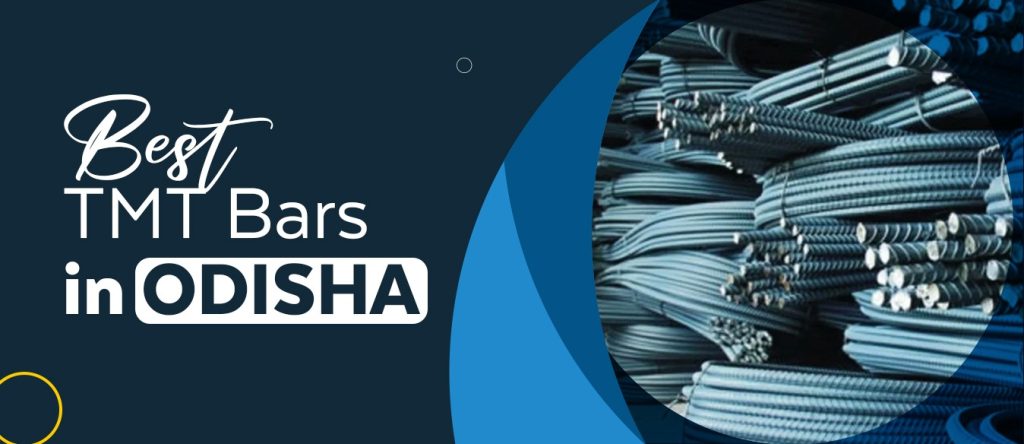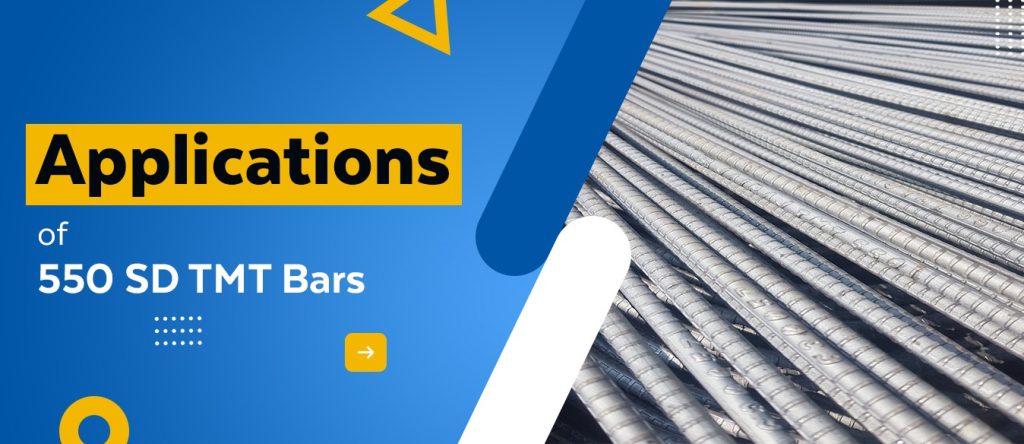When it comes to constructing solid foundations and sturdy structures, choosing the right type of reinforcement bars is crucial. In Eastern India, one name stands out in the steel industry for its exceptional quality and performance: Satya Steel. As the leading manufacturer of TMT bars in the region, Satya Steel is committed to providing superior products that meet the highest standards. Today, we will explore the ten key differences between TMT (Thermo-Mechanically Treated) and QST (Quenched and Self-Tempered) bars and shed light on why Satya Steel’s TMT bars are the preferred choice for construction projects.
10 Differences Between TMT And QST Bars:
Manufacturing Process:
- TMT Bars: Satya Steel’s TMT bars are manufactured using a unique thermo-mechanical treatment process. The bars are first hot-rolled and then rapidly cooled, followed by a controlled process of heat treatment. This process imparts excellent strength and ductility to the bars.
- QST Bars: On the other hand, QST bars undergo a quenching process after being hot-rolled, followed by self-tempering. This process enhances the strength and toughness of the bars.
Strength and Ductility:
- TMT Bars: Satya Steel’s TMT bars offer a perfect balance of strength and ductility. They possess high tensile strength, making them capable of withstanding heavy loads and seismic forces. Additionally, the unique manufacturing process ensures superior elongation and flexibility.
- QST Bars: While QST bars are also known for their strength, they may have comparatively lower ductility than TMT bars.
Corrosion Resistance:
- TMT Bars: Satya Steel’s TMT bars are designed to resist corrosion effectively. The bars are treated with advanced anti-corrosion technology, ensuring long-lasting durability and protection against rust and other environmental factors.
- QST Bars: QST bars may not possess the same level of corrosion resistance as TMT bars, making them more susceptible to damage in corrosive environments.
Weldability:
- TMT Bars: Satya Steel’s TMT bars offer excellent weldability due to their unique manufacturing process. This allows for easy and efficient joining of the bars during construction, ensuring a strong and secure bond.
- QST Bars: QST bars may have slightly lower weldability compared to TMT bars, which can impact the ease and quality of joining during construction.
Fire Resistance:
- TMT Bars: Satya Steel’s TMT bars are renowned for their exceptional fire resistance. They have a high melting point and can withstand extreme temperatures, making them a safe choice for structures in fire-prone areas.
- QST Bars: While QST bars do possess fire-resistant properties, they may not exhibit the same level of resistance as TMT bars.
Cost-effectiveness:
- TMT Bars: Satya Steel’s TMT bars provide excellent value for money. Despite their superior quality and performance, they are competitively priced, making them a cost-effective option for construction projects.
- QST Bars: QST bars may be slightly more expensive compared to TMT bars, considering the additional processes involved in their manufacturing.
Seismic Resistance:
- TMT Bars: Satya Steel’s TMT bars are specifically designed to offer exceptional seismic resistance. Their superior ductility and strength enable them to absorb and dissipate seismic energy, reducing the risk of structural damage during earthquakes.
- QST Bars: QST bars also possess good seismic resistance but may not offer the same level of performance as TMT bars in high-intensity seismic zones.
Uniformity and Consistency:
- TMT Bars: Satya Steel’s TMT bars are manufactured with precise control and adherence to quality standards. They exhibit uniformity in terms of dimensions, weight, and mechanical properties, ensuring consistent performance across the entire structure.
- QST Bars: While QST bars strive for uniformity, there may be slight variations in mechanical properties due to the self-tempering process.
Sustainable Construction:
- TMT Bars: Satya Steel’s TMT bars are environmentally friendly, as they are made from recycled steel. By choosing Satya Steel’s TMT bars, builders contribute to sustainable construction practices while maintaining the highest quality standards.
- QST Bars: QST bars may not offer the same level of sustainability as TMT bars, as the manufacturing process may involve a higher carbon footprint.
Market Reputation:
When it comes to the steel industry in Eastern India, Satya Steel has established itself as the leading brand for TMT bars. With a strong focus on quality, durability, and customer satisfaction, Satya Steel continues to set the benchmark for excellence in the region.
TMT And QST Bars – Which one is better for Construction:
The best choice between TMT and QST bars depends on the type of construction project, TMT bars are generally recommended for high-demand applications such as high-rise buildings, earthquake-prone areas, and heavy-duty construction projects. TMT Bars have superior strength, ductility, and earthquake resistance.
In other hand QST bars may be a suitable option for some less demanding projects. It is generally less expensive than TMT bars. So, it’s better to consult with a structural engineer to determine if QST bars are appropriate for your specific project needs.
So the best way to decide which type of bar is right for your construction project is to consult with a structural engineer. They will assess your specific needs and recommend the most appropriate material.
Conclusion:
Satya Steel’s TMT bars emerge as the superior choice, offering an impeccable combination of strength, ductility, corrosion resistance, weldability, fire resistance, and seismic resistancewhile ensuring cost-effectiveness, uniformity, sustainability, and a reputation for excellence. With Satya Steel’s TMT bars, you can build with confidence, knowing that you have chosen the best reinforcement for your structures in Eastern India.





